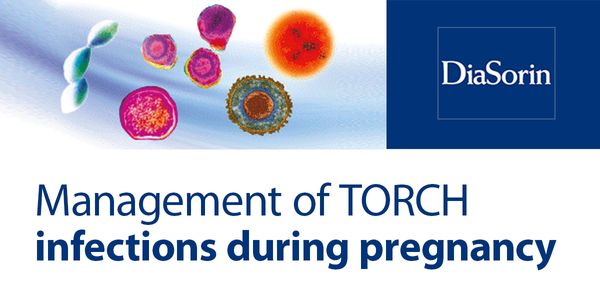Clinical Medicine
Clinical Medicine: is a field of medicine that deals primarily with the practice and study of medicine based on the direct examination of the patient. This is in contrast to other science fields that focus more on the theoretical and basics of medical science. In clinical medicine, medical practitioners assess patients in order to diagnose, treat, and prevent disease.
-
With significant decrease in the cost of sequencing in numerous commercial as well as cancer center–driven initiatives, genomic profiling is increasingly becoming routine across multipl...Speaker: Bing Zhou, PhD
NOV 14, 2018 | 8:00 AM
DATE: November 14, 2018TIME: 08:00am PST, 11:00am EST International Genetics & Translational Research in Transplantation Network (iGeneTRAIN) has recently generated genome...
As the diagnostic test menu has increased in size and complexity, healthcare providers are in great need of advice on appropriate test selection and result interpretation. To address this nee...
Speaker:
Michael Laposata, MD, PhD
NOV 08, 2018 | 9:00 AM
DATE: November 8, 2018TIME: 9:00AM PDTAnnual epidemics of influenza place a substantial burden on the health of people in the United States. CDC estimates that influenza has...
NOV 08, 2018 | 5:00 PM
DATE: November 9, 2018 TIME: 09:00am CST, 10:00am JST, 12:00pm AEDT Perso and precision medicine are rapidly growing areas that require good data to categoriz...
OCT 30, 2018 | 8:00 AM
DATE: October 30, 2018TIME: 8:00am PDT, 11:00am EDT Does your PSC medium support cell therapy? In this webinar, learn about Cell Therapy Systems™ (CTS...
Solid phase microextraction (SPME) is a versatile, non-exhaustive sample preparation tool that has been demonstrated to be well-suited for facile and effective analysis of a broad range of co...
Speaker:
Barbara Bojko, PhD
, Janusz Pawliszyn, PhD, FCIC, FRSC
Presented at: Analytical Chemistry Virtual Event Series 2018
In the postgenomic era, one expects the suite of chemical players in a brain region to be known and their functions uncovered. Perhaps surprisingly, many neurochemicals remain poorly characte...
OCT 16, 2018 | 6:00 AM
DATE: October 16, 2018TIME: 3:00 PM CEST, 6:00 AM PDT This webinar will provide an overview on some pathogens that can be transmitted from mother to fetus du...
OCT 12, 2018 | 8:00 AM
The D-dimer can be a useful tool in the management of patients with suspected or established venous thromboembolism (VTE). One use is in the assessment of a patient who presents with symptoms...
As the most common female malignancy, breast cancer is the most likely reason that a woman will die of cancer around the world. Breast cancer mortality has dropped in the U.S. by 35% since 19...
Speaker:
Benjamin Anderson, MD
Lung cancer is the leading cause of cancer-related mortality worldwide. Large-scale sequencing studies have revealed the complex genomic landscape of NSCLC and genomic differences between lun...
Speaker:
Nicholas McGranahan, PhD
Two projects looking at novel approaches to targeting inflammatory breast cancer will be presented. Inflammatory breast cancer (IBC) is a unique, understudied, and most lethal subtype account...
Speaker:
Kevin Williams, PhD
OCT 11, 2018 | 9:00 AM
High dose of biotin may interference with many routine clinical immunoassays and inaccurate results of some of the tests such as cardiac troponin has serious clinical complications. There is...
Speaker:
Danni Li, PhD, DABCC
The oncogenic transcription factor c-MYC (MYC) is deregulated, and often overexpressed, in more than 50% of cancers. MYC deregulation is associated with poor prognosis and aggressive disease,...
Speaker:
Jason De Melo, PhD
























